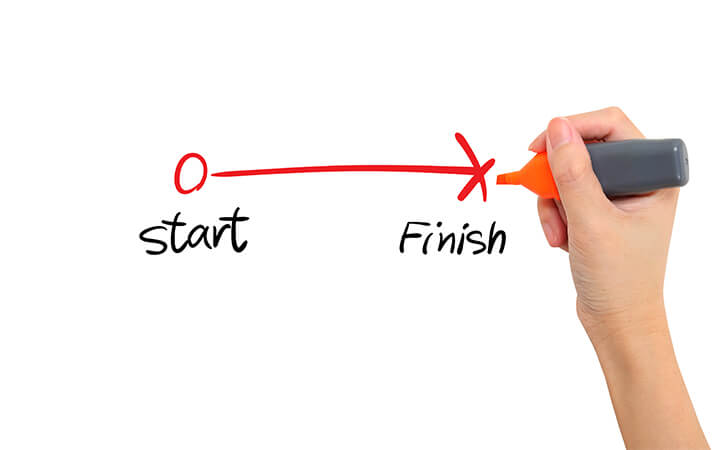What is end-to-end testing?
In an overall testing process, testers do unit tests to test small components of an app, like an API endpoint or a single function. Then, integration testing follows to check whether multiple units work well when put together. Even then, they do not test the whole of the app, as insights on how it works for an end-user remain uncertain. The technique which covers it all is end-to-end testing, which simulates an actual user action while using an app. It helps in testing all possible user interactions of the app in testing.
When and where is end-to-end testing done?
In common practice, testers perform end-to-end testing after the completion of functional testing and system testing. System testing comes after the integration testing of an app. End-to-end testing mainly tests user experiences like the one given below.
- Logging to a website page through an URL
- Opening a user account with credentials
- Accessing a service page to request a service
- Generating a new service request
- Making payments
- Reviewing order and payment
- Logging out of service pages
Similarly, accessing an email account, filing a form, or completing a bank transaction are examples of user experiences. End-to-end testing is a must in all these workflows. The end-to-end tests can be manual or automated.
Three main activities to do in any end-to-end testing
- Create user functions
First, create user functions for the application. The below steps will help make the process seamless.
- List all software features you want in the application and their interconnected subsystems
- Record and track all actions performed in each software feature
- Keep a record of all input and output data
- Identify all relations between user functions
- Precisely identify functional interdependencies
- Categorize based on reusability of functions
- Build conditions
Depending on user functions, create appropriate conditions. Follow these steps while doing so.
- Select condition sets for each user function
- Create a condition that includes timing, data, etc.
- Identify all other factors that affect a user function
- Create test cases
- Always create multiple test cases for each functionality and user function
- For each condition, perform separate testing
- Run the tests and save all results
Two main types of end-to-end testing
The goal in both automated and manual testing methods remain the same. The difference is in the involvement of humans in performing a complete testing program. The main differences between the two testing methods are in the table below.
| Comparison Factor | Manual Testing | Automated Testing |
| ROI | Though initial investments are low, it demands prolonged employee hours which reduces performance efficiency and speed | Though initial investments are comparatively high, it offers significant ROI as testing processes scale and matures |
| Accuracy | Produce numerous human errors which results in poor test quality | As tests run automatically, test accuracy is guaranteed how much time a test is repeated |
| Deployment | Requires least efforts to deploy and does not requires new infrastructures. It’s also comparatively easy to learn | Setting up is complex and requires frequent knowledge updating on latest technologies. The learning curve is also challenging |
| Test efficiency | Is time-consuming with comparatively less efficiency | Performs more testing in less time with greater efficiency |
| Test coverage | Though enables better simulations, it comparatively offers less test coverage | Ensures greater test coverage |
Though automated testing is mostly ahead, manual testing is the preferred method for end-to-end testing as it tests external interfaces well. It is challenging with automation due to its innate nature of process complexity. With manual testing, it’s also easier to simulate a production environment.
The core benefits of end-to-end testing
- Simulates real user scenarios to validate integration
- Performs test from start to finish in real-world scenarios
- Determines various app dependencies
- Ensures accurate data exchange between components
- Increase the test coverage including all subsystems of the app
- Detects issues upfront to increase app productivity
Conclusion
The world is better today because of many impressive apps. They have significantly changed our lives, making everyday activities easier and convenient. End-to-end testing is at the forefront of making these apps functional, compliant, and efficient. It’s the best technology in testing an entire application by exactly imitating real-world users and bring out the best.

